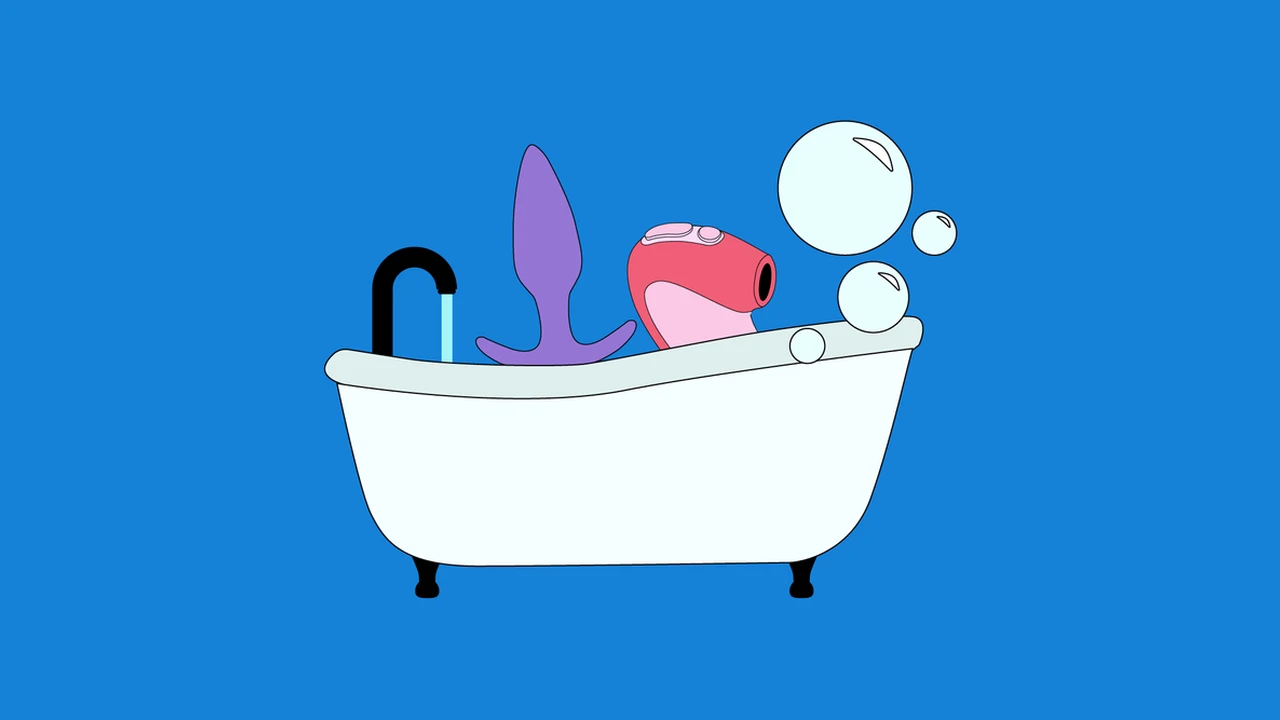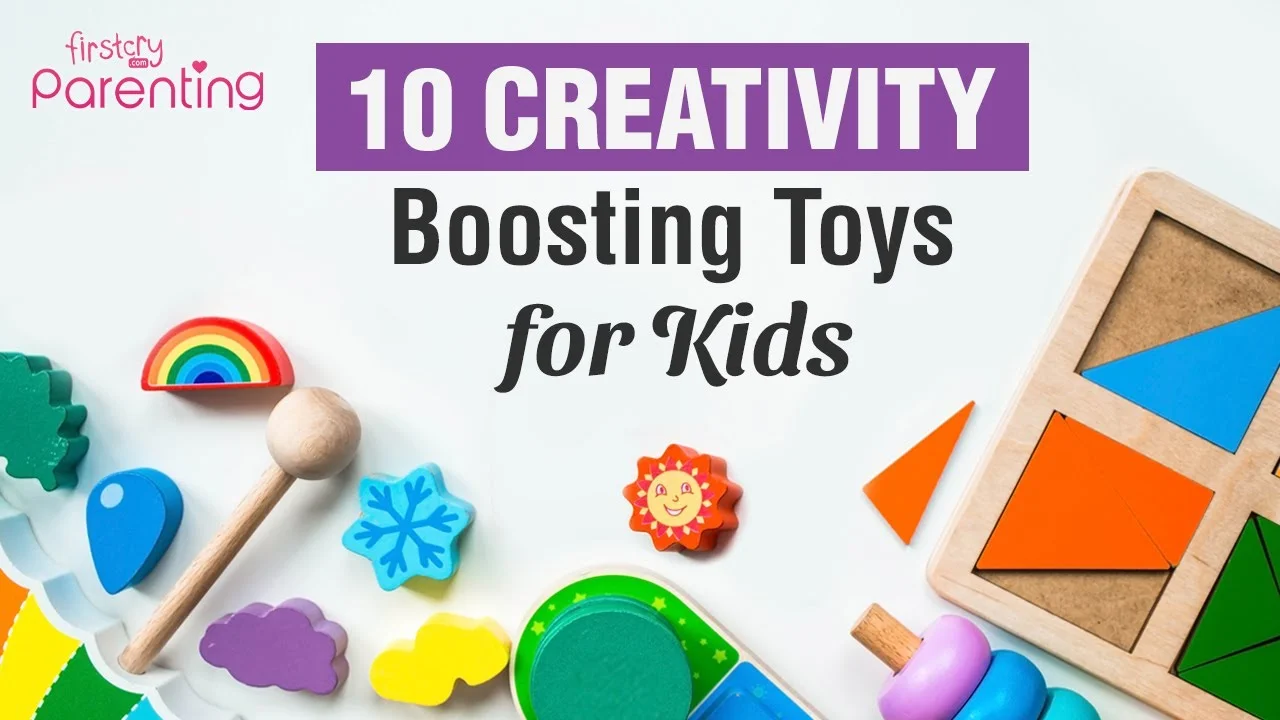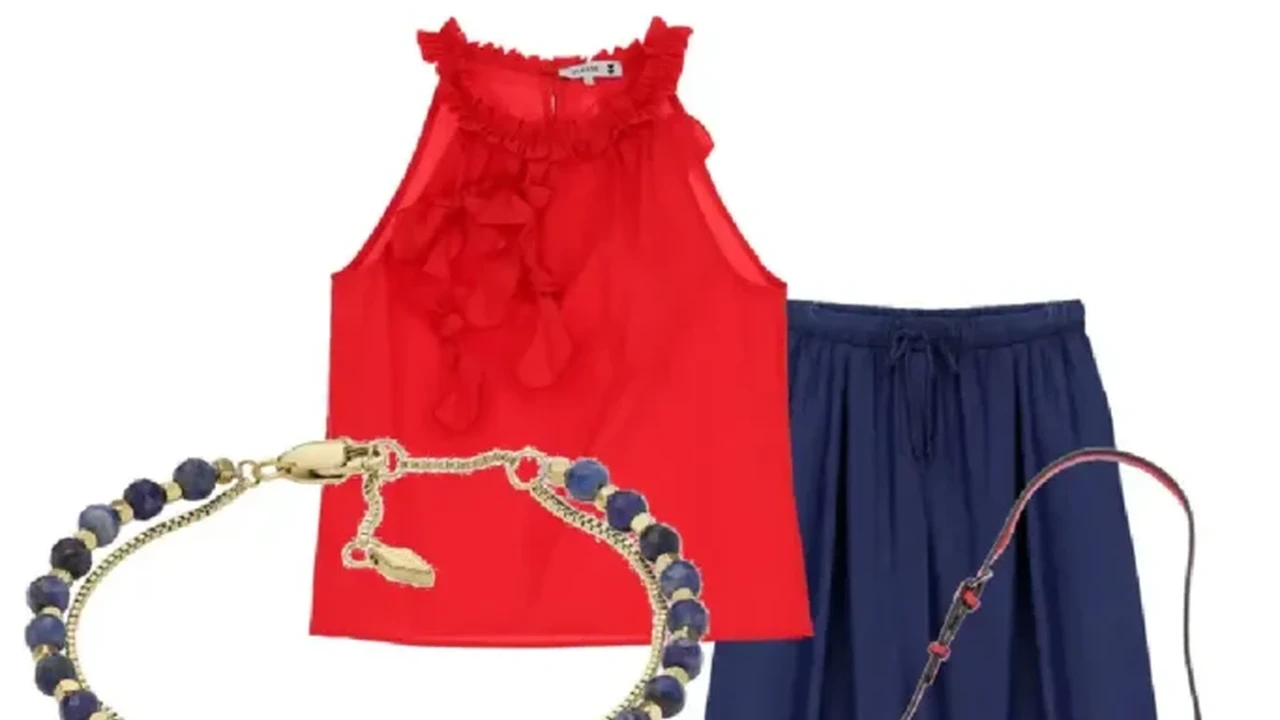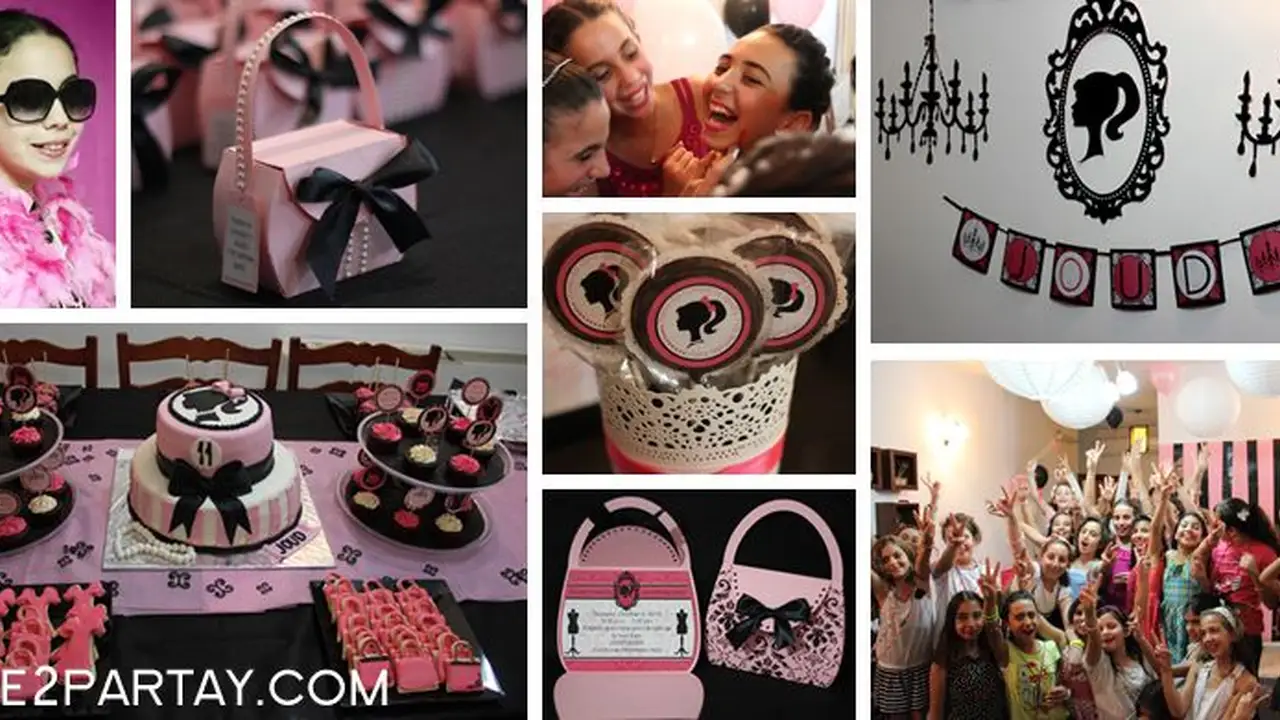Best Fashion Toy Cleaning and Maintenance Tips
Essential tips for keeping your fashion toys in pristine condition.

Essential tips for keeping your fashion toys in pristine condition.
Best Fashion Toy Cleaning and Maintenance Tips
Hey there, fellow fashion toy enthusiasts! We all love our dolls, figures, and playsets, right? They bring so much joy, creativity, and sometimes, a little bit of sparkle into our lives. But let's be real, over time, even the most cherished fashion toys can get a bit dusty, grimy, or just lose their initial luster. Whether you're a serious collector aiming to preserve value or a parent wanting to keep your kids' toys hygienic and looking great, proper cleaning and maintenance are key. This guide is going to walk you through everything you need to know to keep your fashion toys in tip-top shape. We'll cover general cleaning, specific material care, and even some advanced restoration tricks. So, let's dive in!
General Fashion Toy Cleaning Essentials What You Need
Before we get into the nitty-gritty, let's talk about the basic tools and supplies you'll want to have on hand. Think of this as your fashion toy first-aid kit. Having these items ready makes the cleaning process much smoother and safer for your beloved toys.
- Soft Microfiber Cloths: These are your best friends for dusting and gentle wiping. They won't scratch surfaces.
- Mild Soap or Dish Soap: A tiny drop of something like Dawn dish soap, diluted in water, is usually safe for most plastic and vinyl surfaces.
- Cotton Swabs or Q-Tips: Perfect for getting into those tiny crevices and detailed areas.
- Soft-Bristled Toothbrush: An old, soft toothbrush can be great for gently scrubbing stubborn dirt without causing damage.
- Rubbing Alcohol (Isopropyl Alcohol): Useful for removing tougher marks like pen or marker, but always test in an inconspicuous area first!
- Magic Eraser (Melamine Foam): A miracle worker for scuffs and marks, but use with extreme caution as it can remove paint or shine if used too aggressively.
- Distilled Water: Especially important if you live in an area with hard water, as it prevents mineral deposits.
- Small Bowls or Basins: For mixing cleaning solutions.
- Hair Conditioner (for doll hair): Essential for detangling and softening synthetic doll hair.
- Lint Roller: Great for picking up dust and pet hair from fabric clothing.
- Air Blower or Canned Air: For blowing dust out of intricate parts.
Cleaning Different Fashion Toy Materials Doll Hair Care
Fashion toys come in a variety of materials, and each requires a slightly different approach. Let's break down how to care for the most common ones.
Vinyl and Plastic Dolls Cleaning Doll Bodies and Faces
Most fashion dolls, like Barbie, Rainbow High, or L.O.L. Surprise! OMG dolls, are made primarily of vinyl or hard plastic. These materials are generally quite durable but can attract dust and grime.
- Dusting: For everyday maintenance, a soft microfiber cloth or a soft brush is usually enough to remove dust.
- Gentle Wipe Down: For light dirt, dampen a microfiber cloth with distilled water and gently wipe the doll's body and face.
- Stubborn Marks: For more persistent dirt or light scuffs, mix a tiny drop of mild dish soap with distilled water. Dip a cotton swab or soft cloth into the solution, wring it out well, and gently rub the affected area. Rinse with a clean, damp cloth.
- Ink Stains/Pen Marks: This is where rubbing alcohol or a Magic Eraser comes in. Apply a small amount of rubbing alcohol to a cotton swab and gently dab the stain. For Magic Eraser, dampen a tiny piece and gently rub the mark. Be extremely careful, as both can remove factory paint if you're too aggressive. Always test on an unseen area first, like the bottom of a foot.
- Yellowing: If your vintage dolls are yellowing, this is often due to UV exposure and plastic degradation. There are advanced methods like 'peroxide bathing' (using hydrogen peroxide and UV light), but these are risky and best left to experienced restorers.
Synthetic Doll Hair Detangling and Washing
Doll hair, especially synthetic hair, can get tangled, frizzy, and greasy over time. Proper washing can bring it back to life.
- Detangle First: Before washing, gently detangle the hair with a wide-tooth comb or a doll brush, starting from the ends and working your way up. Don't pull too hard!
- Wash with Mild Shampoo: Wet the doll's hair under cool or lukewarm water (avoid hot water, as it can damage synthetic fibers). Apply a small amount of mild shampoo (baby shampoo works great) and gently lather. Rinse thoroughly.
- Condition: This is the secret weapon! Apply a generous amount of human hair conditioner (any cheap one will do) to the doll's hair. Let it sit for a few minutes.
- Comb Through Conditioner: While the conditioner is still in, use your wide-tooth comb to gently comb through the hair, removing any remaining tangles.
- Rinse Thoroughly: Rinse the hair under cool water until all the conditioner is gone.
- Dry: Gently squeeze out excess water with a towel. You can let it air dry, or for faster drying, use a hairdryer on a cool or low setting, keeping it at a distance to avoid melting the hair.
- Style: Once dry, you can style the hair as desired. For curls, you can use plastic rollers or even straws.
Product Recommendation: For detangling, the Wet Brush Original Detangler Hair Brush (around $8-10 on Amazon or at drugstores) is fantastic for both human and doll hair due to its flexible bristles. For conditioner, any basic, inexpensive conditioner like Suave Essentials Daily Clarifying Conditioner (under $3) works wonders.
Fabric Clothing and Accessories Gentle Care
Doll clothes can get dirty, but they're often delicate. Always check for care tags if available, though most doll clothes won't have them.
- Spot Cleaning: For small stains, use a cotton swab dipped in a very mild soap and water solution. Gently dab the stain, then dab with a clean, damp cloth to rinse.
- Hand Washing: For a full wash, fill a small basin with cool water and a tiny drop of mild detergent (like Woolite or baby laundry detergent). Submerge the clothing and gently swish it around. Do not scrub or wring aggressively.
- Rinsing: Rinse thoroughly under cool running water until all soap is gone.
- Drying: Gently squeeze out excess water. Lay flat on a clean towel or hang to air dry. Avoid direct sunlight, which can fade colors.
- Lint and Dust: A lint roller is perfect for removing lint, dust, and pet hair from doll clothing.
- Ironing: If needed, iron on the lowest setting with a pressing cloth to protect delicate fabrics.
Small Accessories and Props Detailed Cleaning
Tiny shoes, bags, and other accessories can be tricky to clean due to their size.
- Dusting: Use a soft brush (like a clean makeup brush) or canned air to remove dust.
- Wiping: A damp cotton swab or the corner of a microfiber cloth is ideal for wiping down small plastic accessories.
- Crevices: Use a toothpick or a very fine brush to get into tiny grooves.
- Metal Parts: If accessories have small metal parts (like buckles), be careful with water to prevent rust. Dry immediately.
Advanced Maintenance and Restoration Tips Bringing Them Back to Life
Sometimes, a simple clean isn't enough. Here are some more advanced techniques for common fashion toy issues.
Removing Stickiness or Residue From Packaging
New dolls sometimes come with sticky residue from packaging or hair products. Old dolls might have sticky limbs due to plasticizer migration.
- Mild Soap and Water: Often, a good wash with mild soap and water will remove surface stickiness.
- Rubbing Alcohol: For tougher, non-plasticizer related stickiness (like adhesive residue), a cotton swab with rubbing alcohol can work. Test first!
- Cornstarch/Baby Powder: For plasticizer stickiness (common in older vinyl dolls), a light dusting of cornstarch or baby powder can absorb the stickiness and make the surface feel smooth again. Just wipe off the excess.
Fixing Frizzy or Damaged Doll Hair Re-rooting Options
Beyond washing and conditioning, some doll hair might need more drastic measures.
- Boil Washing: For very frizzy or crimped hair, a 'boil wash' can work wonders. Carefully dip sections of the doll's hair into hot (not boiling) water for a few seconds, then comb straight. This can reset the hair fibers. Be extremely careful not to get hot water on the doll's face or body, as it can melt vinyl.
- Hair Straighteners: On the lowest heat setting, a flat iron can be used to straighten doll hair, but this is very risky and can melt the hair if not done correctly. Use with extreme caution and test on a hidden strand first.
- Re-rooting: If the hair is severely damaged or missing, re-rooting is an option. This involves removing the old hair and inserting new hair using a special re-rooting tool. This is an advanced technique and requires specific supplies (re-rooting tool, doll hair hanks).
Product Recommendation: For re-rooting supplies, look for kits on Etsy or specialized doll supply stores online. A basic re-rooting tool and a hank of saran or nylon doll hair can cost anywhere from $15-$40 depending on the quality and quantity.
Repairing Loose Joints or Limbs DIY Fixes
Over time, doll joints can become loose, making posing difficult.
- Clear Nail Polish/Super Glue (Thin Layer): For slightly loose ball joints, a very thin layer of clear nail polish or super glue applied to the ball joint (let it dry completely before reassembling!) can add friction. Be extremely careful not to glue the joint solid.
- Rubber Bands/O-Rings: For some types of joints, small rubber bands or O-rings can be inserted to tighten them.
- Heat Method (for some vinyl): For very loose limbs on certain vinyl dolls, gently heating the limb opening with a hairdryer can make the vinyl pliable enough to reshape and tighten around the joint. This is an advanced technique and requires careful temperature control.
Preventative Maintenance Keeping Your Fashion Toys Pristine
An ounce of prevention is worth a pound of cure, right? Here's how to keep your fashion toys looking great for longer.
Proper Storage Solutions Protecting Your Collection
Where and how you store your fashion toys makes a huge difference.
- Avoid Direct Sunlight: UV rays are the enemy! They can cause plastic to yellow, colors to fade, and hair to become brittle. Store dolls away from windows.
- Control Temperature and Humidity: Extreme fluctuations can damage materials. A stable, moderate environment is best. Avoid attics, basements, and garages.
- Dust Protection: Display cases, clear plastic containers, or even original boxes can protect dolls from dust.
- Acid-Free Materials: If storing in boxes or wrapping, use acid-free tissue paper or archival-safe plastic bags to prevent chemical reactions.
- Prevent Clothing Stains: If a doll's clothing has dark dyes, it can sometimes stain the doll's vinyl over time. Consider removing dark clothing for long-term storage or placing a barrier (like plastic wrap) between the clothing and the doll's body.
Product Recommendation: For display, consider clear acrylic display cases. Brands like Better Display Cases (various sizes, prices from $20-$100+) offer good protection. For storage, clear plastic bins with lids from brands like Sterilite or Rubbermaid (around $5-$20 depending on size) are excellent for keeping dust and pests away.
Regular Dusting and Light Cleaning Routine
Don't wait until your toys are visibly dirty. A quick, regular clean can prevent buildup.
- Weekly Dusting: A quick wipe-down with a microfiber cloth or a soft brush can prevent dust from settling and becoming harder to remove.
- Monthly Inspection: Take a closer look at your dolls once a month. Check for any new marks, loose joints, or hair tangles and address them promptly.
- Handle with Clean Hands: Always wash your hands before handling your fashion toys, especially if you're a collector. Oils and dirt from your hands can transfer to the toys.
Comparing Cleaning Products and Their Uses What to Choose
Let's quickly compare some common cleaning agents and when to use them, along with some specific product examples and their typical price ranges.
| Product | Best Use Case | Pros | Cons | Typical Price Range (USD) |
|---|---|---|---|---|
| Mild Dish Soap (e.g., Dawn) | General dirt, light grime on plastic/vinyl, fabric spot cleaning. | Safe, effective, readily available, inexpensive. | Requires thorough rinsing. | $3 - $7 per bottle |
| Rubbing Alcohol (Isopropyl) | Ink stains, marker, some adhesive residue on plastic/vinyl. | Effective for specific stains. | Can remove paint, dry out vinyl if overused. Test first! | $2 - $5 per bottle |
| Magic Eraser (Melamine Foam) | Scuffs, stubborn marks on plastic/vinyl. | Very effective for surface marks. | Abrasive, can remove shine or paint if used too hard. | $3 - $8 for a multi-pack |
| Hair Conditioner (any brand) | Detangling and softening synthetic doll hair. | Transforms frizzy hair, inexpensive. | None, specifically for hair. | $2 - $10 per bottle |
| Distilled Water | General cleaning, rinsing, mixing solutions. | Prevents mineral deposits, pure. | Slightly more expensive than tap water. | $1 - $3 per gallon |
| Cornstarch/Baby Powder | Absorbing stickiness from plasticizer migration. | Simple, effective for specific issue. | Can leave a white residue if not wiped off. | $3 - $7 per container |
Common Mistakes to Avoid When Cleaning Fashion Toys
Even with the best intentions, it's easy to make mistakes that can damage your toys. Here are some big no-nos:
- Using Harsh Chemicals: Avoid bleach, acetone (nail polish remover), strong solvents, or abrasive cleaners. These can melt plastic, strip paint, or severely damage hair.
- Scrubbing Too Hard: Gentle is key! Aggressive scrubbing can remove factory paint, scratch surfaces, or damage delicate features.
- Using Hot Water on Synthetic Hair/Vinyl: Hot water can melt or permanently frizz synthetic doll hair and can warp or damage vinyl bodies. Stick to cool or lukewarm.
- Leaving Toys Wet: Always ensure toys are thoroughly dry after cleaning, especially in crevices, to prevent mold or mildew.
- Ignoring 'Test First': Seriously, always test any new cleaning product or method on an inconspicuous area of the toy before applying it widely.
- Using Regular Hair Products on Doll Hair (Except Conditioner): While conditioner is great, human shampoos with strong detergents or styling products can be too harsh for synthetic doll hair.
By following these tips and being mindful of the materials you're working with, you can keep your fashion toys looking fantastic for years to come. Happy cleaning and collecting!
:max_bytes(150000):strip_icc()/277019-baked-pork-chops-with-cream-of-mushroom-soup-DDMFS-beauty-4x3-BG-7505-5762b731cf30447d9cbbbbbf387beafa.jpg)





